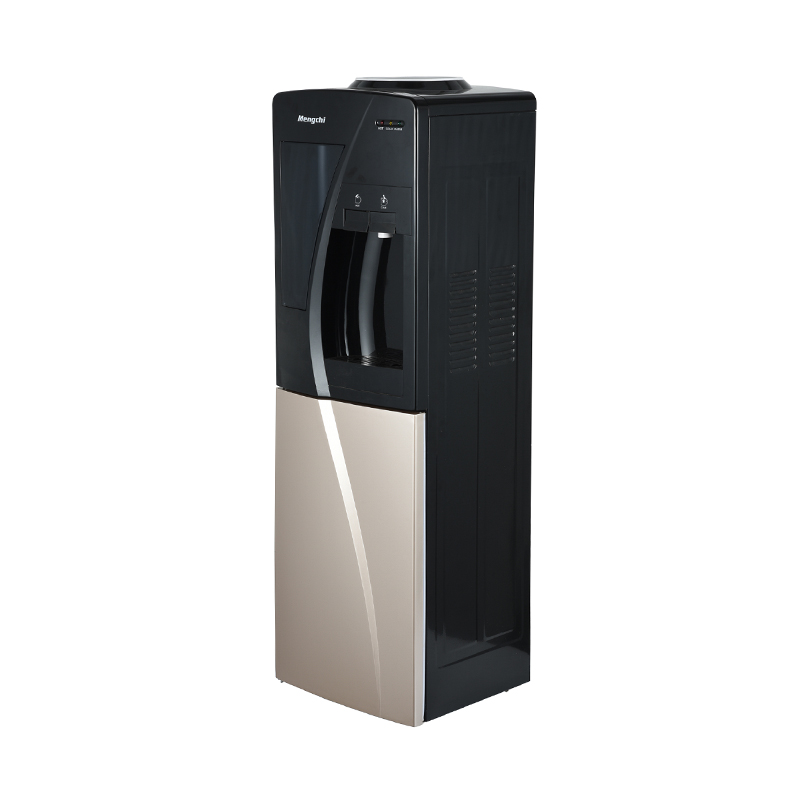As an indispensable drinking water device in modern home and office environments, the choice of installation location is crucial. This is not only related to the convenience of use, but also involves multiple aspects such as safe operation of the equipment, water quality assurance, and rational use of space.
First of all, the installation location of the water dispenser should be as close to the water source as possible. Choosing an area close to the tap water pipe or water purification equipment can effectively simplify the water source connection process and reduce the length and complexity of the water pipe. This not only reduces the risk of water loss, but also reduces the subsequent maintenance costs. In addition, the installation location of the water dispenser must also fully consider the user's convenience in getting water. In a home environment, water dispensers are often installed in high-frequency areas such as kitchens, dining rooms or living rooms so that family members can get drinking water at any time. In an office environment, water dispensers should be placed in crowded areas such as rest areas, meeting rooms or corridors to ensure that employees and visitors can easily get drinking water and improve work efficiency.
Secondly, avoiding direct sunlight is also an important consideration in choosing the installation location of the water dispenser. Direct sunlight may cause the internal temperature of the device to rise, thereby affecting the cooling effect or accelerating the aging of the device. During the high temperature period in summer, direct sunlight may also cause the outer shell of the water dispenser to deform and the internal components to be damaged. Therefore, choosing a cool and well-ventilated place for installation will not only help the heat dissipation of the equipment, but also maintain the normal working temperature of the internal components and extend the service life of the equipment.
When choosing the installation location, the stability and load-bearing capacity of the ground should not be ignored. As a heavier equipment, the installation location of the water dispenser must ensure that the ground is flat and has sufficient load-bearing capacity to avoid the equipment shaking or tilting due to uneven ground, which affects the safety of use. At the same time, insufficient load-bearing may cause safety hazards, so the bearing capacity of the ground should be fully evaluated when selecting the site.
In addition, the installation location of the water dispenser should be away from heat sources, such as stoves, heaters, etc., to prevent the internal temperature of the equipment from being too high, affecting the cooling effect or causing malfunctions. At the same time, avoid placing fragile items above the water dispenser to reduce secondary damage caused by water leakage or malfunction of the equipment.
Hygiene and aesthetics are also factors that cannot be ignored in the selection of the installation location of the water dispenser. Water dispensers should be avoided in humid, dark or dusty areas to reduce the risk of bacterial growth and contamination. At the same time, the appearance of the water dispenser should be coordinated with the surrounding environment. Choosing colors, shapes and materials that match the decoration style will not only enhance the overall aesthetics, but also enhance the sense of harmony in the space.
Finally, it is also crucial to consider the user's usage habits and space utilization. In a home environment, the water dispenser can be installed on the kitchen countertop, in the corner of the dining room, or next to the sofa in the living room according to the water-taking habits of family members. In an office, the water dispenser should be placed in the rest area, in the corner of the meeting room, or in the corner of the corridor, in combination with the work habits of employees and the spatial layout, which is convenient for water collection and can effectively save space.











